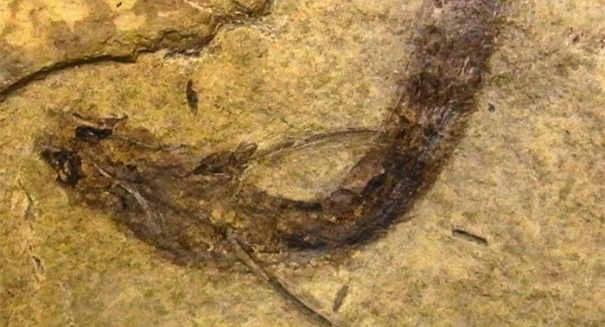
Researchers uncovered a fossilized Acanthodes bridgei with intact eye tissues and found that they have rods and cones like humans.
An ancient fish that some believe may be a distant ancestor to the human race could see in color some 300 million years ago, scientists have found.
Researchers uncovered a fossilized Acanthodes bridgei with intact eye tissues and found that they have rods and cones, suggesting they were able to see in color, the earlier known species to have the ability, according to a Discovery News report.
In order to see in color, humans use pigments that absorb light, which can be found inside cells called rods and cones. Cones in particular are sensitive to color and are responsible for perceiving details and changes, whereas rods are more sensitive to light rather than color, allowing for better peripheral and night vision.
The oldest known creature to have some form of eyesight is a fish known as Myllokunmingia, which was around 520 million years ago. But scientists have been frustrated in trying to track the evolution of the eye, since it is soft tissue that degrades tissue.
That is why scientists were excited to discover the Acanthodes Bridgei specimen in Kansas. The 300-million-year-old 4-inch fossil is amazingly well-preserved to the point that fossilized rod and cone cells were found in the fish, a rare find indeed.
Scientists also found a pigment in the eyes that suggests it absorbed light.
Since the fish lived in brackish, shallow waters, color vision could have helped it to avoid predators and spot food.
Acanthodes bridgei is the last known common ancestor of modern jawed fishes. Some have postulated that humans could be part of its family tree.
Acanthodes literally means spiny base or thorny base, and it describes an extinct genus of spny shark, with fossils found in North America, Europe, and Australia. It reached up to a foot long and likely was a filter feeder, having no teeth, surviving on plankton like whales.
It has a spine on each of its pectoral, pelvic, anal, and dorsal fins, for a total of six, less than most other species of spiny fish.
Leave a Reply